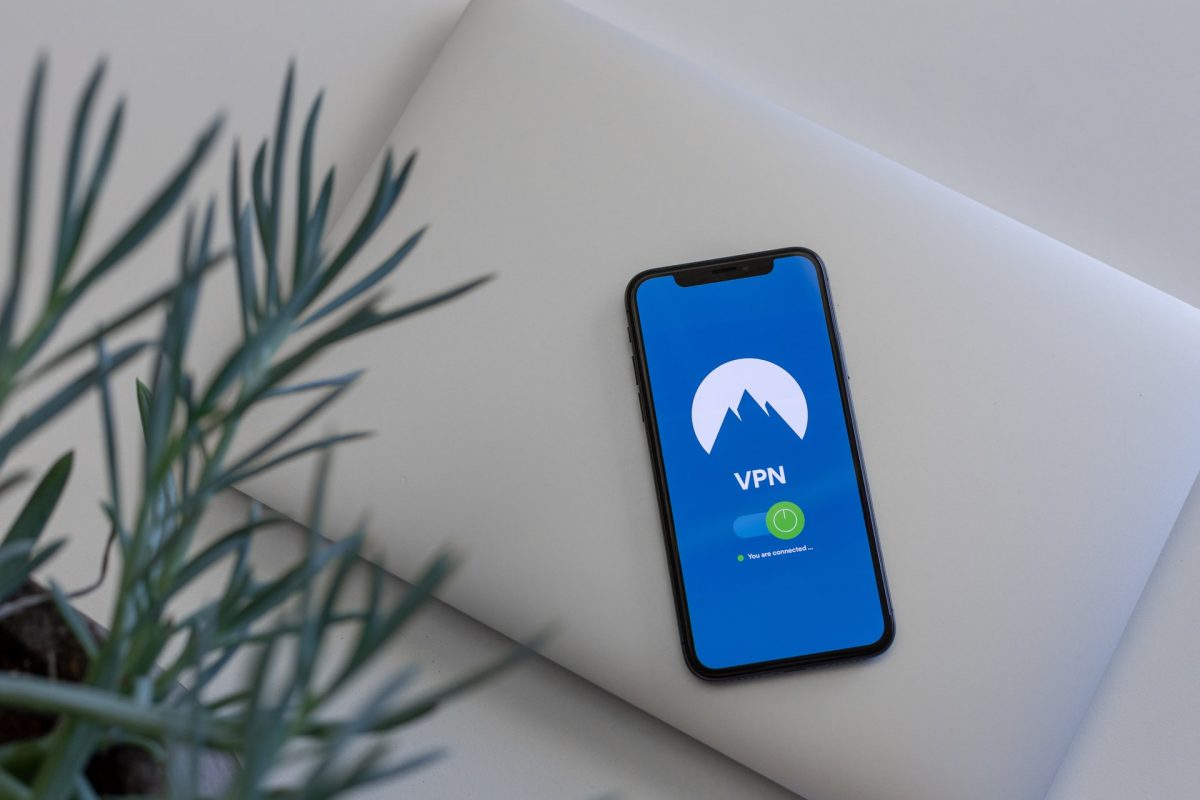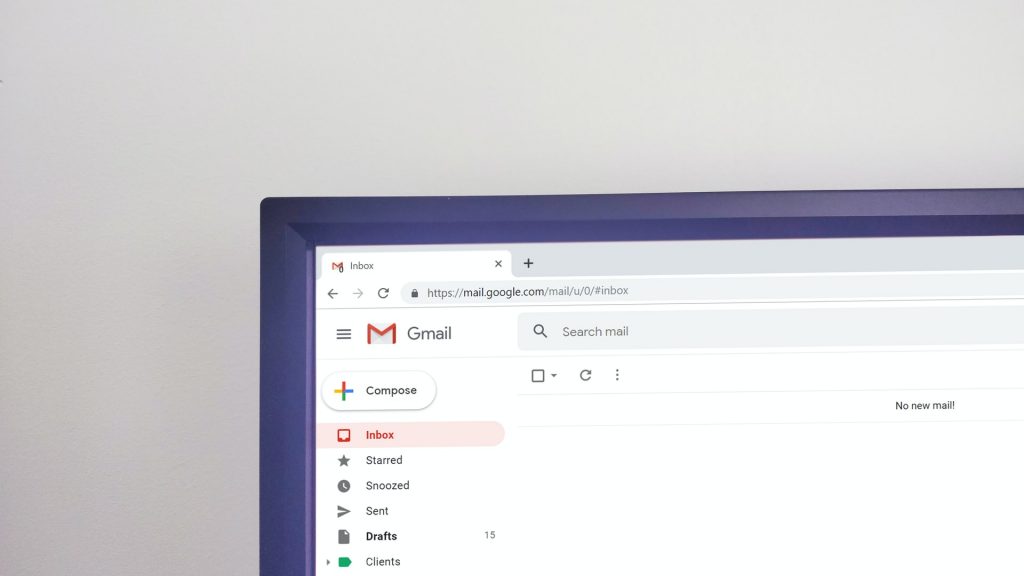
How to Measure the Effectiveness of your Intranet Collaboration Solution
Modern intranets have completely replaced the dead, traditional intranets. Modern intranet solutions are more than a powerful collaboration solution. Implementing an intranet solution allows your employees to access valuable content anytime and from anywhere. It is a reliable tool that your employees can use to share knowledge and collaborate.
An intranet collaboration solution is a much-needed tool for an organization having a dispersed workforce. According to an estimation, one-third of the workforce of an organization will be mobile workforce in the next ten years. 70% of business professionals do their jobs remotely at least once a week. With this shift towards mobile and remote workforce, organizations require a digital workplace solution, a solution that is efficient, fast, secure, and provides all the required features and functionalities.

It often takes too long to find and share documents. Modern intranet collaboration solutions offer document management and other features to solve the problems with traditional intranet solutions. Traditional intranet does not offer the functionalities and features required in modern organizations.
When you are using a modern collaboration solution, you want to make sure that it meets your expectations. For this, you need to measure its effectiveness.
You need a plan to address your business needs with an intranet solution. As your intranet requirements change, you may need to make some changes in your collaboration solution as well. You also need to make sure that you measure the right things.
The following are the metrics you can use to measure the effectiveness of your intranet collaboration solution.
- Usage and engagement
- Employee satisfaction
- Productivity
Usage and Engagement
It is important to see that employees use the intranet and understand its value. Measure their awareness of the intranet. See how often they access and use the collaboration solution each month. You can measure the usage and engagement of digital workplace solutions such as your integrated social channel, a newsroom, or an onboarding center. These are the solutions employees commonly use to connect and share information.
Engagement is more important than usage. You can determine the level of interaction to measure employee engagement. If they are accessing content, it doesn’t mean that they are engaging. Are they sharing content? Are they commenting? Make sure that they are participating in conversations.

Employee Satisfaction
The right collaboration solution can play an important role in improving overall employee satisfaction. The number of quality tools and development opportunities available at work influences employee engagement. When it comes to workplace satisfaction, most employees rank technology above office space, heating, and other physical aspects of the workplace.
There are different ways you can measure employee satisfaction such as user ratings, internal surveys, and polls, and the most important, changes in retention rate.
To determine the shortcomings or limitations of your intranet collaboration solution, you can ask pointed questions about communication and collaboration. Now you need to make changes in your intranet collaboration solution to keep it relevant.
Productivity
Communication and collaboration are important but composing, sending and receiving emails reduce employee productivity. Although it is not easy to measure productivity, if your employees have been using an intranet collaboration solution for several months, you can determine the level of impact by comparing productivity metrics before and after the implementation of the intranet collaboration solution.
A next-gen intranet collaboration solution can make you a forward-thinking organization. You can use an intranet collaboration solution as a powerful tool to address specific business challenges.
An effective intranet software connects local and remote employees and allows them to create, share and respond to content.
However, your intranet must evolve with your business. For this, you must measure the effectiveness of your intranet collaboration solution.

























